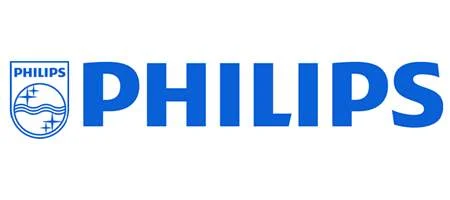The European Commission has slapped record fines, totalling $1.92 billion, on seven electronics companies for fixing cathode ray tube prices before CRT televisions disappeared in favor of flat-screens.

Philips and LG Electronics were forced to pay the most. The other members of the cartels were Panasonic, Toshiba, and France’s Technicolor, along with two Panasonic joint ventures.
Other companies received immumity or reduced fines for blowing the whistle on the cartels.
Between 1996 and 2006, it seems, the companies were fixing prices, sharing markets, shuffling customers between one another and restricting their output. Their activities affected the markets for the color picture tubes used in televisions and computer monitors.
The EU says the cartels were among the most organised that it has ever investigated.
“These cartels for cathode ray tubes are ‘textbook cartels’: they feature all the worst kinds of anticompetitive behaviour that are strictly forbidden to companies doing business in Europe,” says
Commission vice president in charge of competition policy Joaquín Almunia.
“Cathode ray tubes were a very important component in the making of television and computer screens. They accounted for 50 to 70 percent of the price of a screen. This gives an indication of the serious harm this illegal behaviour has caused both to television and computer screen producers in the EEA, and ultimately the harm it caused to the European consumers over the years.”
According to the Commission, the regular meetings between the companies were known as ‘green meetings’ as they were often followed by a golf game.
And the companies were well aware they were breaking the law, it says. One document found during the investigation read: “Everybody is requested to keep it as secret as it would be serious damage if it is open to customers or European Commission.”






